Alumni Spotlight: Alisha Anderson
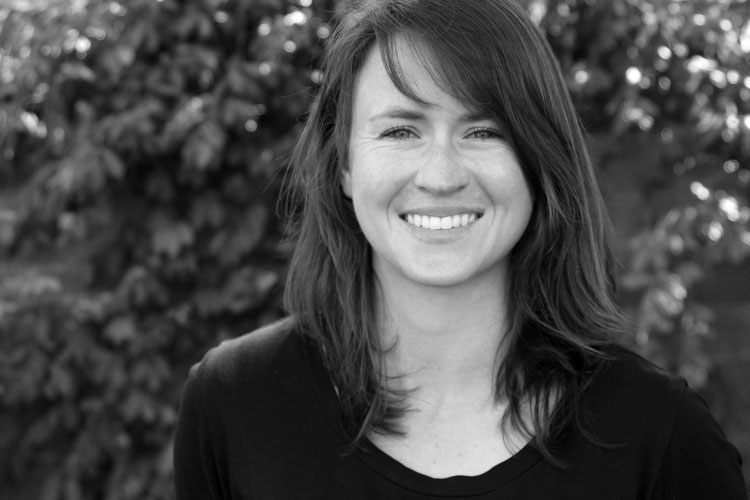
Alisha Anderson graduated from the Environmental Humanities Program in 2015. During her time in the program, she made art about the Oquirrh Mountains and was awarded the Floyd O'Neil Fellowship in Western American Studies. Since then, she has created with Great Salt Lake, been a Spiritual Ecology Fellow with the Kalliopeia Foundation, lived at the edge of Bears Ears as an Artist in Residence with Utah Diné Bikéyah, and more. She just defended (and passed!) her thesis to receive her MFA from the Art & Ecology Program at the University of New Mexico. Her project focused on the energy transition in Carbon Country, Utah. Overall, her work focuses on the confluence of identity and Earth, in an attempt to question (and reposition) how humans fit in this world. Check out her website to view her diverse projects.
Below are written responses from Alisha to questions about her art, practice, and experience in EH.
You often make art about / in / with places at the center of conversations on climate change, energy, water, and social justice: Oquirrh Mountains, Great Salt Lake, Bears Ears, Oregon forests after wildfire, and now, Utah’s coal country. You have told me before that your art is more about the process than the product. So, what is your process? How do you arrive to, learn about, and create in threatened and precarious places?
When asked, I say that my artistic practice is research-based and site-specific. What that means is my practice is not informed or defined by a certain medium, but by questions. And those questions arise from—and are tied to—specific places. It’s falls under what Eve Tuck and Marcia McKenzie call “critical place inquiry” which “is always specific to place” (Place in Research).
And it is this inquiry, this process, that is the real work—as you said. It is living with and gathering from the confluence of questions and place. These projects typically begin in specific moments when things I’m thinking about tether tangibly to an experience with a place. And then questions arise, taking over. And I become obsessed (or possessed—not sure) and often move to the place, to be with place. And then the process unfolds. It begins with listening, as I call it, which can be termed research. It entails interviews, fieldwork, writing, and reading (lots of reading) from a purview of disciplines. This process always entails changes within me. And it always entails time. I find the projects have a timetable of their own, which I cannot rush. (Such as in my current project, when I thought living here four months would be enough time. Ten months later, I’m still here.)
This process entails a dance between the abstract and tangible, or between research and experience. I’ve found that I need both in relation and tension with each other. The tangibility of experience tests theory against the friction of life. It pushes against generalizations and easy answers. While the abstractions of research help name and recognize patterns witnessed by experience. It pushes against the danger of subjective experience remaining ahistorical, without the context of larger systems and time. Together, research and experience have a synergy in my process, which then coalesce into some material form carrying both.
As to why these certain places, it seems I’m drawn to places that are treated with apathy or slow violence. They are places where an anthropocentric, colonial framework is overtly visible. In many ways, I’m studying what went wrong. I’m realizing more and more that my work is about this distance—the distance between beings and the distance between beings and places. I wonder, what is it that fills the space between them, separating them? I think often of Wangari Maathai’s words that, “If you want to do anything for the environment, you must see what is disconnected.”
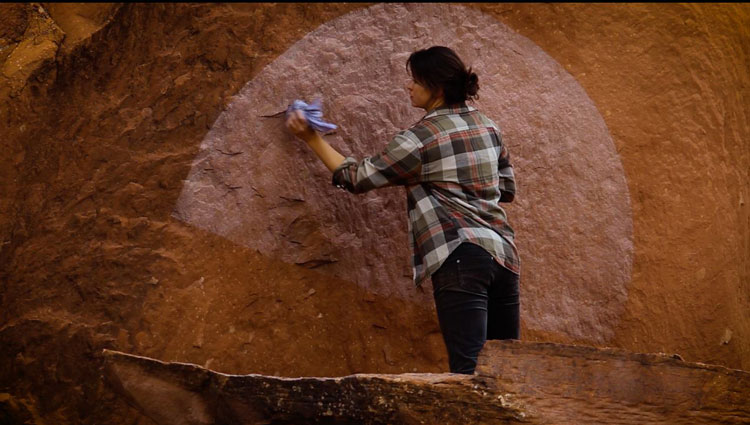
After graduating from the Environmental Humanities Program in 2015, you lived near Great Salt Lake and created a project called lacustrine. What did you learn? What are you feeling and thinking now as Great Salt Lake brinks on ecosystem collapse?
I went to the Lake in a state of uncertainty about my own future. I was at a crossroads of deciding if I was to take the leap and commit to my creative practice. Being with the Lake gave me lessons and courage that I needed. It confirmed to me that land, with all its life, can be an elder in my life.
With the current state of the Lake—a place I care for deeply—what I most often think of are the birds. Since living beside the Lake, I’ve lived along the northwest and southwest portion of the migratory flyway. I’ve seen the same species of birds resting in each place. Witnessing the magnitude of their journey has reified for me that when these birds arrive at the Great Salt Lake, they have a right to this lake. A right to an arrival that holds food and nourishment and water.
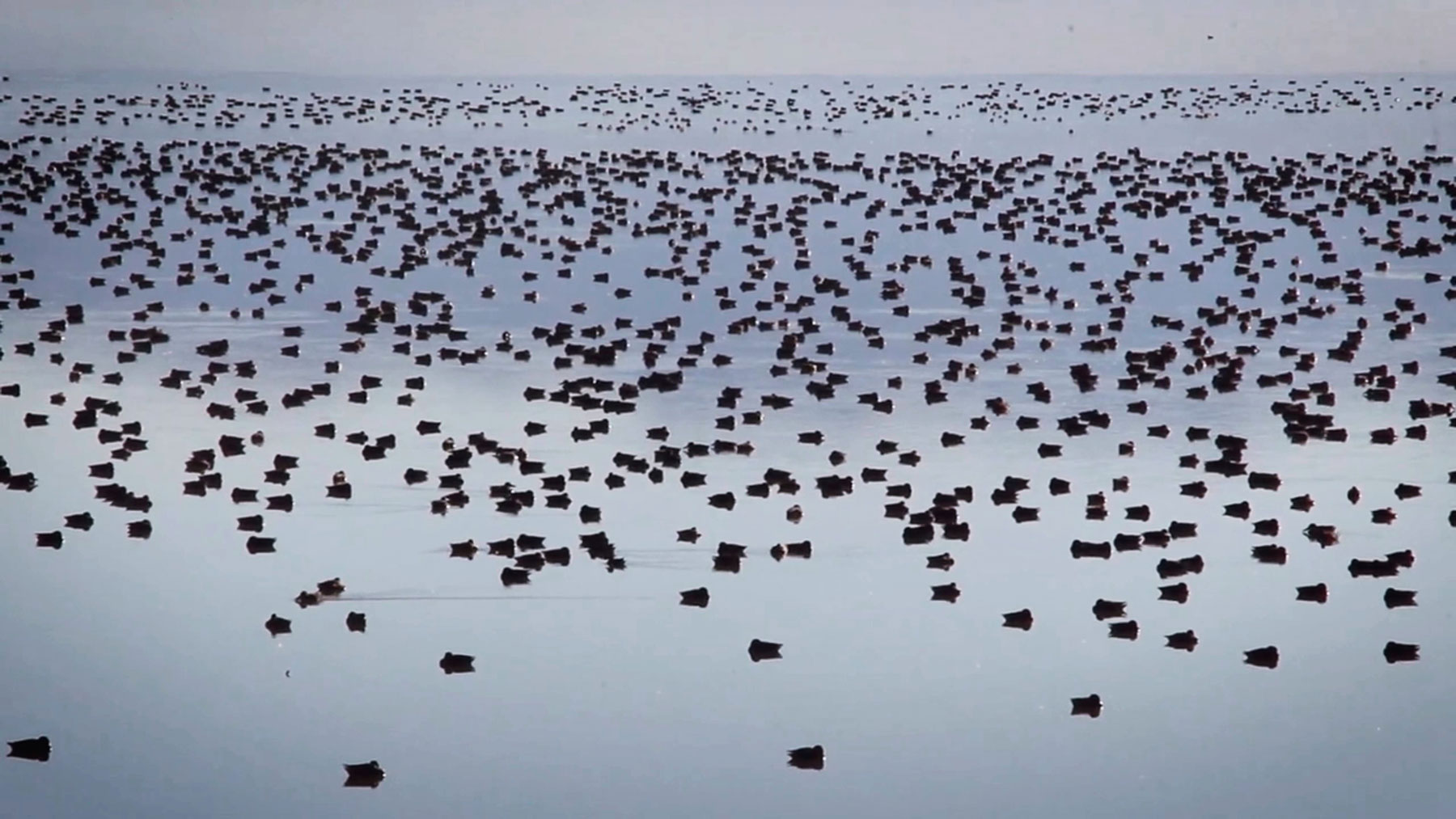
Seven years ago, when I lived beside the Lake, there were no islands. Every piece of land called an “island” was connected to land; I know because I walked to many of them. This fact was enough for me to sense what was coming.
Brink and collapse—they are abrupt words, for something that has a long history.
Too often it takes abrupt occurrences to garner attention, while slow violence is ignored by those with the privilege of not being affected by it (of which I’m a part). So, while this current state of the Lake can seem abrupt, it’s been slowly coming. I’ve witnessed only seven years of it. Others have watched it much longer. And the birds, they have felt it. They have felt the shifting treatment of the Lake for over a century. They felt when the Lake became a dumping ground for corporations. They felt when municipalities began drawing waters away from it. The birds have felt it all; many of us are just waking to it.
Rebecca Solnit wrote the simple fact that “in order to see change you have to be slower than it.” It’s important to acknowledge and recognize this slow history, because it counters the notion—as some politicians currently propose—of a quick techno-fix being the answer. Instead, it helps recognize that deep systemic issues need to be addressed.
Adjacent to Great Salt Lake rise the Oquirrh Mountains, another neglected, underappreciated, and over exploited landscape that was the focus of your thesis in the Environmental Humanities Program called mountains that never rest. What did you explore and interrogate? How does this intersect with the current issues we face at Great Salt Lake?
The crux of the project about the Oquirrhs was the question of why this range of mountains was treated with such apathy compared to the Wasatch range, specifically looking at mining’s role in that differential relation.
Through the project I interrogated cultural narratives contributing to this treatment of the Oquirrhs. I’m interested in this slow movement away from places and how narratives can be used to devalue certain land, thereby opening up particular treatment of it. It’s important to find what narratives and ideas overlay a land, because they do not remain abstract but become material acts towards place.
This intersects with current issues faced with Great Salt Lake because I believe that narratives about the Lake have contributed to its treatment (e.g. nothing lives there, it’s the perfect dumping ground, it smells gross, etc.). In thinking of these narratives, Jared Farmer chronicles (in the book On Zion’s Mount) how the settler focus and lauding gaze moved from lakes to mountains. Understanding this shift in settler-colonial history gives me hope, in that shifts are possible. Alternative narratives are needed, and they are already exist. It’s about amplifying them and the voices that know them—especially Indigenous voices.
You just completed your MFA in Art & Ecology from the University of New Mexico. Congrats! What is the focus of your thesis?
Yes, I actually just defended my thesis and passed. Yay!
The focus of my thesis project, which is ongoing, is energy transitions. The work is situated in Carbon County, UT (which are unceded Ute lands). The county is and has been dependent on coal, with the county and surrounding region supplying much of the energy consumed along the Wasatch Front. The county is at an interesting moment of transition, and I’m curious about how the community might imagine alternative futures.

A key aspect of this project is how energy systems and social systems are highly interconnected. I sense that the relation of the Wasatch Front to Carbon County is an extractive one, with asymmetrical power dynamics. They are two places connected via capitalistic exchange and infrastructure, yet so disconnected from each other. This is what Ruth Wilson Gilmore terms the dense interconnections of "antirelationality,” which are markers of racial capitalism. Instead of this current infrastructure that connects places even as it separates them, I’m asking what alternative infrastructures might exist, in order to create alternative connections. For I worry that a transition in energy source and emissions will not innately bring a change in relations and in relations of power.
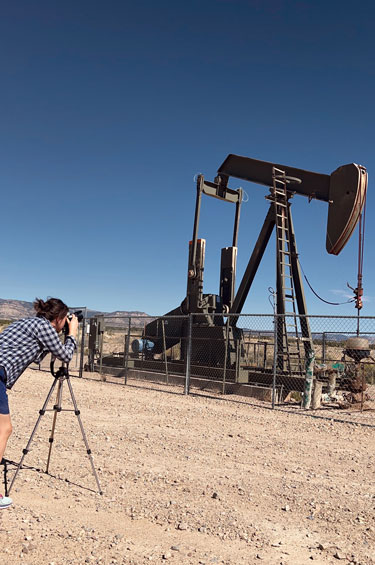
What are highlights from your time in the Environmental Humanities Program? What advice do you have for current students?
Highlights of the program for me were: mentors, who continue to teach me; the theoretical grounding courses provided; how the program brought both writing and interdisciplinary research into my work; and being part of the “golden cohort” family of 2015.
As for advice:
Take risks. Trust your instincts and what is pulling you, even if it may seem difficult in the bureaucracy of academia. Find the loopholes and the supporting people that let you follow those instincts (they most often exist). Make the most of the people who surround you. As the artist Corita Kent said in her Rules of Art:
“General duties of a student:
pull everything out of your teacher;
pull everything out of your fellow students.”
And enjoy it. It goes by so slowly, and so quickly.
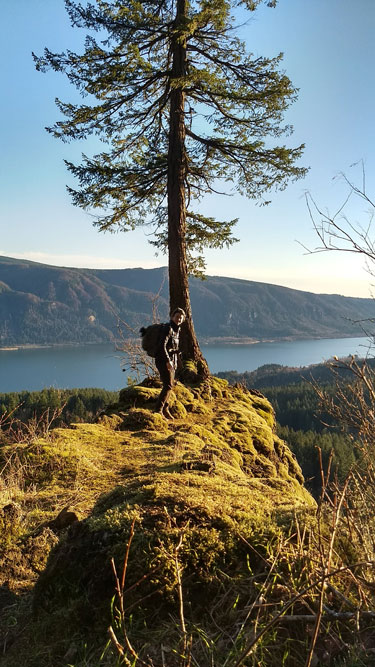
All photos in post are by or courtesy of Alisha Anderson.
Featured Posts
Tag Cloud
- alumni (4)
- snow (1)
- winter (1)
- climate change (2)
- writing (4)
- creative writing (1)
- book (1)
- memoir (1)
- Great Salt Lake (6)
- symposium (1)
- event (1)
- community engagement (8)
- water (3)
- faculty (5)
- research professor (1)
- history of science (1)
- coevolutionary studies (1)
- American West (1)
- history (1)
- Native history (1)
- public history (1)
- energy (1)
- art (2)
- environmental justice (3)
- just transition (1)
- student (3)
- Great Salt Lake Symposium (1)
- Indigenous (1)
- practitioner-in-residence (2)
- narrative strategy (1)
- political science (1)
- communications (1)
- Mellon Community Fellowship (1)
- environmental health (1)
- air quality (1)
- disability justice (1)
- philosophy (1)
- science (1)
- Anthropocene (1)
- West Desert (1)
- Pony Express (1)
- bicycling (1)
- environmental communication (1)
- queer ecology (1)
- wildfire (1)
- climate communication (1)
- science communication (1)
- forests (1)
- Indigenous sovereignty (1)
